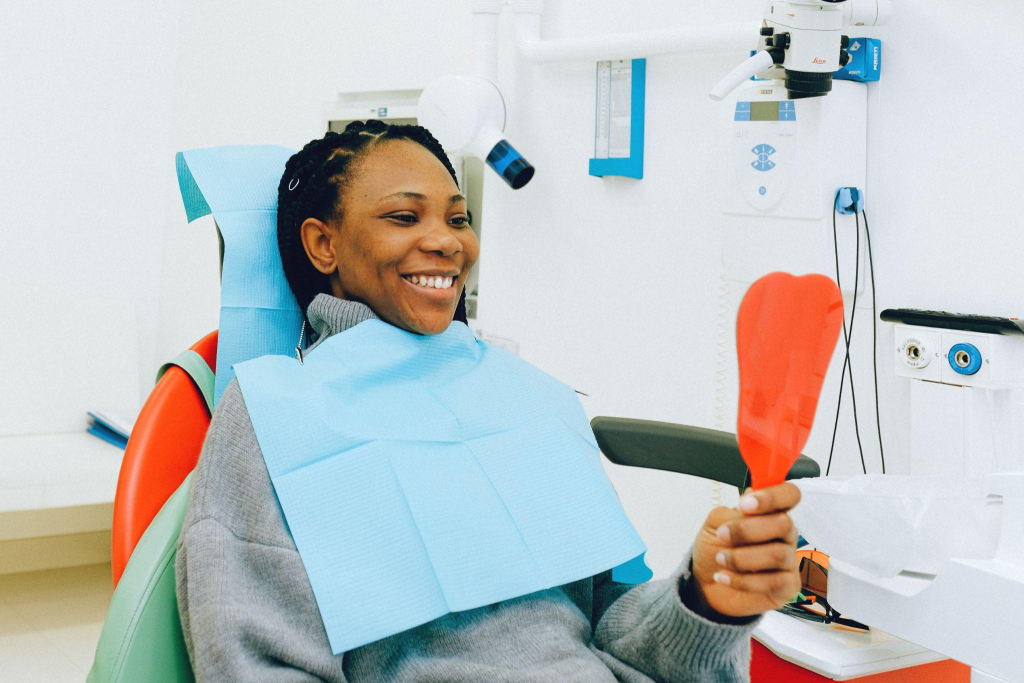You may not realise it, but your teeth are an integral part of the way you live. Misaligned teeth can cause problems throughout many facets of your life.
An underbite especially can cause many issues such as headaches, tooth decay, eating problems, sleep apnoea, bad breath, chronic mouth breathing, cracked teeth, and speech impediments. These problems are especially troublesome because, unlike an overbite, an underbite does not reverse on its own and will nearly always require professional intervention. Here are five main methods used to correct an underbite depending on the severity and other factors such as age.
1. Braces
Braces are a great option for milder underbite cases. First, a dentist will assess your case and then fit you with your braces. At each appointment following, your dentist will assess your progress and adjust your wires as needed, in addition to replacing your bands.
Depending on the severity of your case, your braces may be left on anywhere from one to three years. After they are removed, you will need to wear a retainer so that your teeth do not naturally shift back into their old position. Braces can be a painful option, and they require a lot of maintenance with things such as flossing and extra attentive brushing; however, the results can be life-changing.
2. Invisible Aligners
Similar to braces, invisible aligners are a teeth straightening method designed to correct misaligned teeth that can often lead to an underbite. Similar to the assessment for braces, your orthodontist will typically take an impression of your teeth. The concept of this method is very much the same as that of traditional braces; however, an invisible aligner is not attached to your teeth in any way.
It is also, as the name suggests, invisible, making it a more aesthetically pleasing choice. Generally, the treatment time for these aligners is anywhere from six to nine months. This option generally tends to be more affordable, faster, and more comfortable for the patient.
3. Facemask Therapy
This method is most successful with children age eight and below because their bones are still malleable and growing. This device rests on your forehead and chin and works to pull your upper jaw forward with elastics. For this method to reach full effectiveness, the mask needs to be worn for around 16 hours per day for roughly a year. Although this option is great for early intervention, facemask therapy, in general, can be bulky, uncomfortable, and inconvenient for the patient.
4. Elastics
This method is rooted in the same principle as facemask therapy. Mini-plates are anchored in your skull and then have elastic bands attached to them to pull your upper jaw forward, which will hopefully align the upper and lower jaw.
5. Surgery
In severe cases, one of two surgeries may be required to correct an underbite. The first possibility is Orthognathic Jaw Surgery. In this procedure, your lower jawbone is moved to correct its placement. The back portion of the jaw is separated from the front, modified, and then replaced. This operation may require a short hospitalisation but is typically an outpatient procedure. Complete healing may take anywhere from nine months to a year. However, patients are usually able to return to normal activities such as school or work in one to three weeks.
The second underbite correction procedure is called a Forte III Osteotomy. When a patient’s face appears to have sunk in above the lower jaw, this procedure is used to pull their entire face forward. The healing times for this procedure vary widely.
The side effects of an underbite can alter your life in many unfortunate ways. Luckily, there are a variety of treatment options out there that can assist in realigning your smile. The right option for you is out there and will help your smile shine even brighter.



